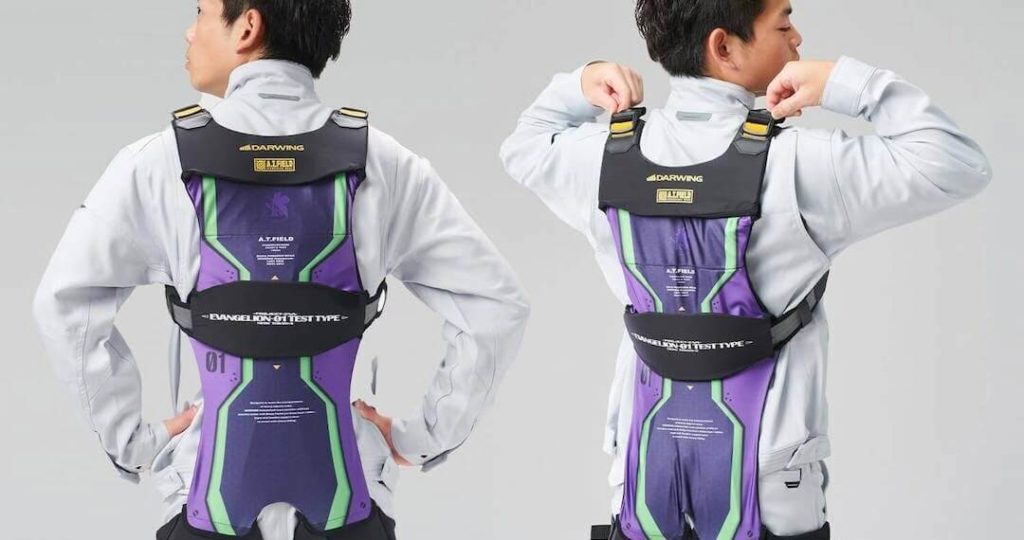Desperate for help at work, the aging Japanese are now seeking the "soft" alternative to the exoskeleton: an "assistance" suit... obviously with a robotic flair.
The Japanese are known for their work ethic and they have one of the oldest populations in the world. With general aging on the rise, companies are looking for ways to help seniors stay in the workforce longer.
One way to do this is the introduction of exoskeletons, which improve performance, or at least protect them from back pain. The latest trend is associated with the use of "assistive clothing": a softer version of an exoskeleton, a kind of suit with reinforcing elements that does not use mechanics or robotics. In this case the suit we talk today is not only inspired by the old robots of the 80s in terms of design, but also technically.
A robot suit for the "old mecha" at work
First of all, I would like to apologize. I lied to you. In the title, I mentioned a suit called "Daya": actually, Daya is the name of the medical equipment manufacturer who developed it. Otherwise, I should have put the official name in the title, which is "AT Field Darwing Hakobelude Light Eva Test Type Model." A bit long, don't you think?
Now that I've apologized, let me tell you the rest. The suit comes with a kind of harness that attaches to your shoulders and thighs and is designed to protect your back and joints when lifting heavy loads.
For all the fans of the Japanese series Neon Genesis Evangelion: yes, you saw right. The suit follows the same mecha robot design as the main character, Shinji ikariShe gets into the animated series.
Will "robotization" be enough to withstand the changes?
To better understand what its customers are looking for, Daiya has partnered with a number of experts in various industries, including construction, healthcare, agriculture and warehousing.
Finally, a "supported suit," as Daiya calls it, came out that has no rigid structure. Instead, it is a lightweight and softly padded garment that supports the user in only two modes: "assist-on" and "assist-off." The user selects the level of support needed and proceeds.
It is not yet known whether this type of technology will be enough to support the aging population. Some experts believe it is a step in the right direction, while others believe more needs to be done to make a real difference. Only time will tell if this type of technology can make a significant contribution.
In the meantime, to get an idea, you can find this support suit "Evangelion " on Daiya's website to the "modest sum" of around 610 euros. Robotization costs.
Source: Daya, a Japanese "robot" suit that fights back pain at work (futuroprossimo.it) (17.10.2022)
